Firemapper ApS
Ordrup Have 3
2920 Charlottenlund
Denmark
Linking Drones UG
64283 Darmstadt
Germany
UVision ApS
Højbro Pl. 10
1200 København
Denmark
NV5 Geospatial Solutions
Viale Bartolomeo Colleoni, 25
20864 Agrate Brianza MB
Italy
Spatialise
Bronland 10
6708 WH Wageningen
Netherlands


